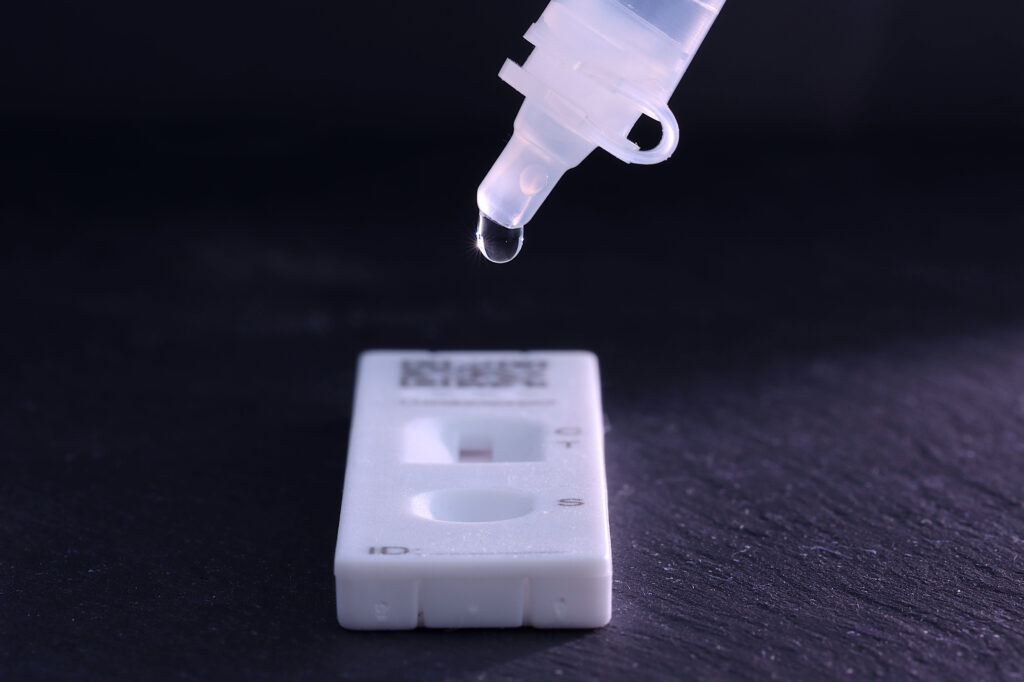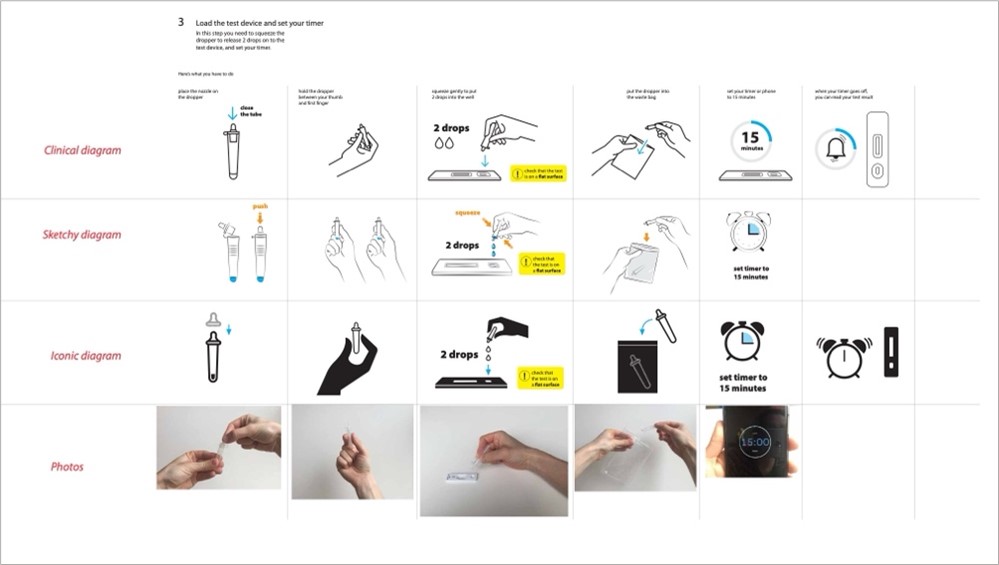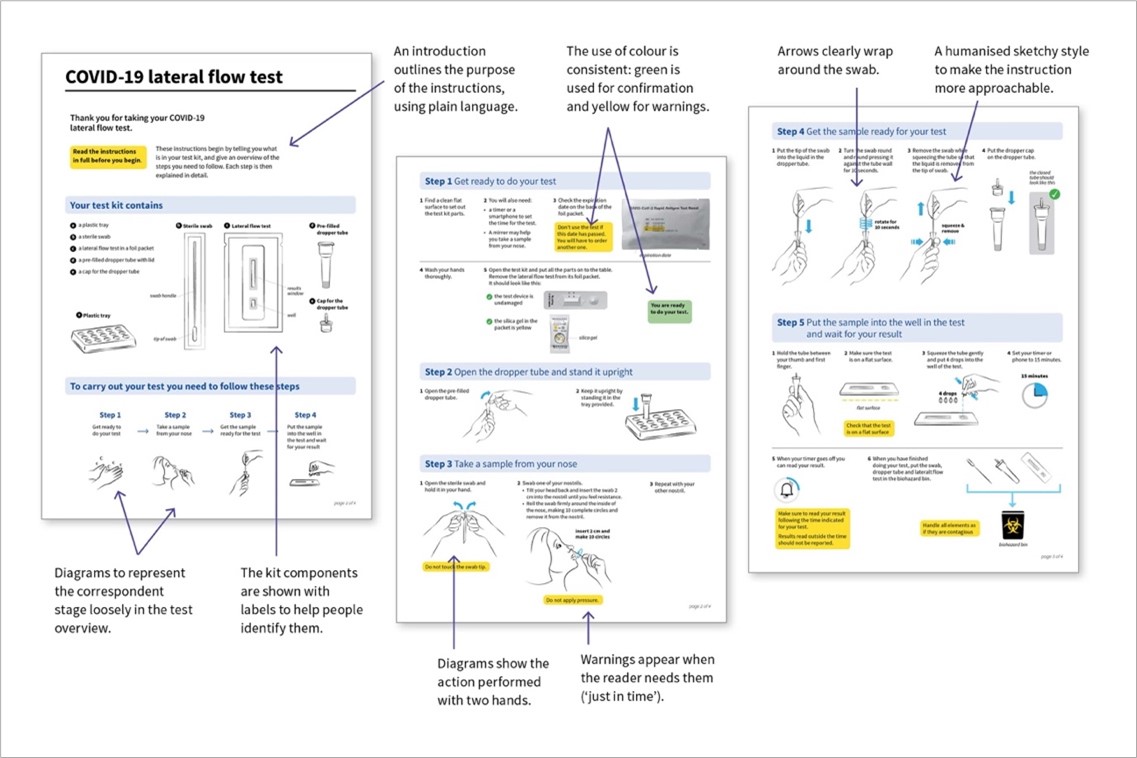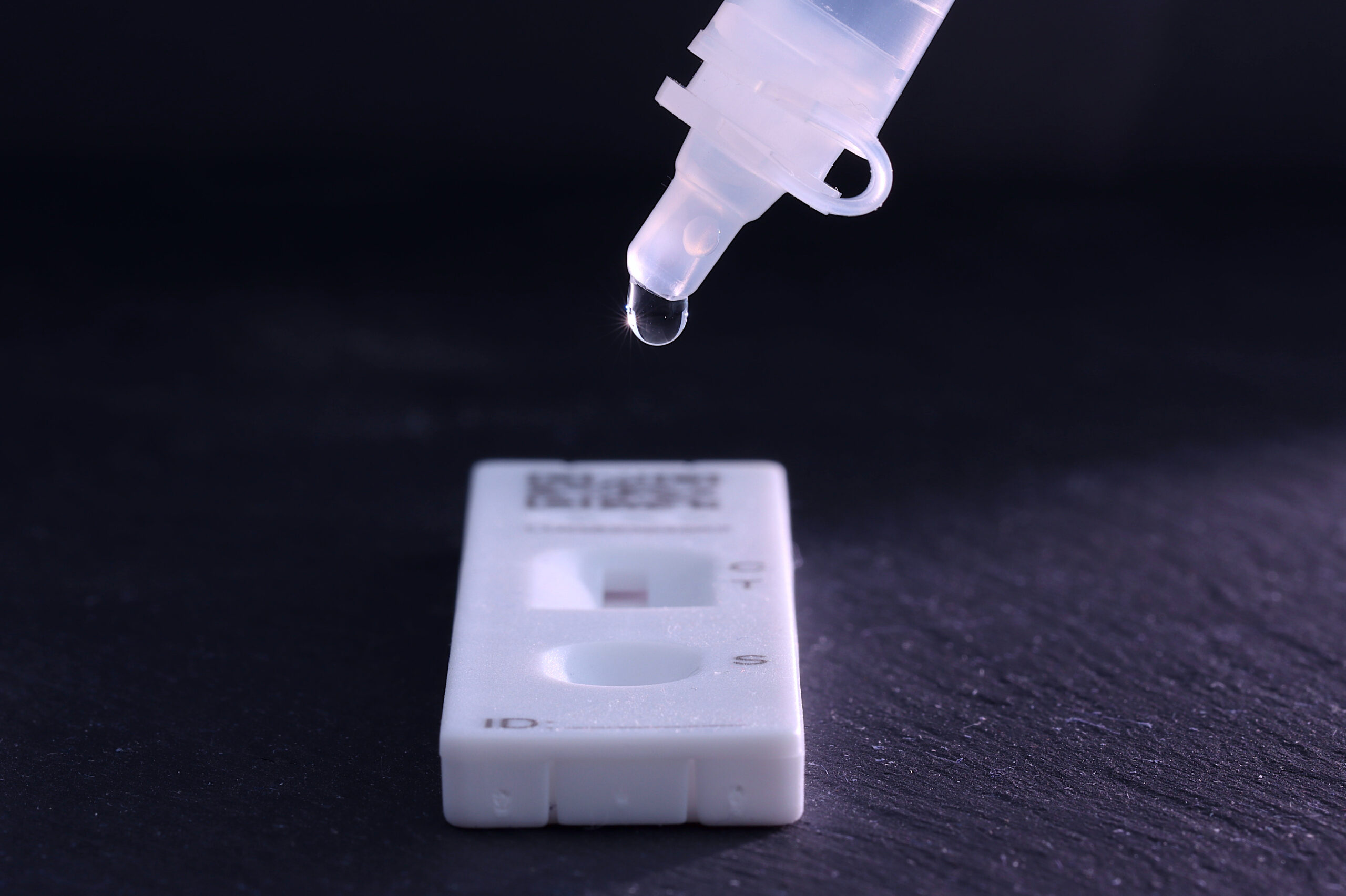When the Covid-19 pandemic started, few had heard of lateral flow tests or imagined they would become part of everyday life. An initial scale-up of centralised mass-testing was followed by the roll-out of regular home and workplace testing.

Instructions for home tests ranged from booklets that accompany testing kits, to videos, animations and posters produced by people of all ages from many different backgrounds and with different experiences.
During the pandemic, many people learned how to carry out a test – and became proficient and confident about carrying it out accurately. But to start with, many found it difficult and made mistakes because the instructions were difficult to follow.

Sue Walker, Josefina Bravo and Al Edwards at the University of Reading set out to work with users to find out how instructions could be made more user-friendly.
They explored which parts of the instructions they found difficult to follow and then how these could be improved these using words and texts. Finally, they produced a prototype set of user-friendly instructions, annotated here to show the key design considerations.

They went on to work with Roche Diagnostics Ltd and the Innovation Agency Northwest Coast (AHSN) to apply their design approach to a set of documents explaining how to use a test for viral flu.
This work has fed into guidance in the form of a toolkit and a dataset for the design of instructions to support home and community diagnostic testing. User-friendly point-of-use instructions for home use diagnostic tests provides evidence-based guidance and tools for manufacturers of tests, service providers and content and design specialists who produce instructions to accompany diagnostic tests for home and community use. The toolkit, organised in 5 sections provides guidance on writing, visual organisation and how to engage with your users.
This work is important and relevant: recent decades have seen steady growth of clinical diagnostic tests that can be used at home, at pharmacies or GP practices. From home pregnancy tests to Fitbits and smart watches, the technology has been miniaturised and automated, allowing an increasing range of tests to be taken outside laboratories and hospitals, and brought into the community. Easy-to-follow instructions are key to making sure that diagnostic testing works in the community.
This research was an AHRC-funded Covid Rapid Response project ‘Information Design for Diagnostics: Ensuring Confidence and Accuracy for Home Sampling and Home Testing’. The work was also supported by funding from the University of Reading’s Rapid Response Policy Engagement funding from Research England, which enabled consultation with research users and implementors of the toolkit.
An open-access account of the project is in Information Design Journal doi: https://doi.org/10.1075/idj.22011.wal.
Sue Walker is a Professor of Typography at the University of Reading.

